Is it better to have a broad base or serve a narrow niche? Rather push the quality or push the price? There are various options open to you for successful brand positioning. In the second part of our blog series on brand positioning, we'll show you what these options are and what they can do for you and your brand.
Let's get this straight: you want your brand to be successful. So far, so logical. But how can you achieve this? With brand positioning using one of these three strategies :
- You can position yourself through the uniqueness of your brand: Here, for example, you appeal to your customers via a special quality, a decisive benefit or a desirable status.
- You can position yourself through cost leadership : To do this, you optimize your processes so that you still make a profit despite having the lowest price on the market.
- You can position yourself via the niche : You have discovered a gap in the market and fill it with special offers.
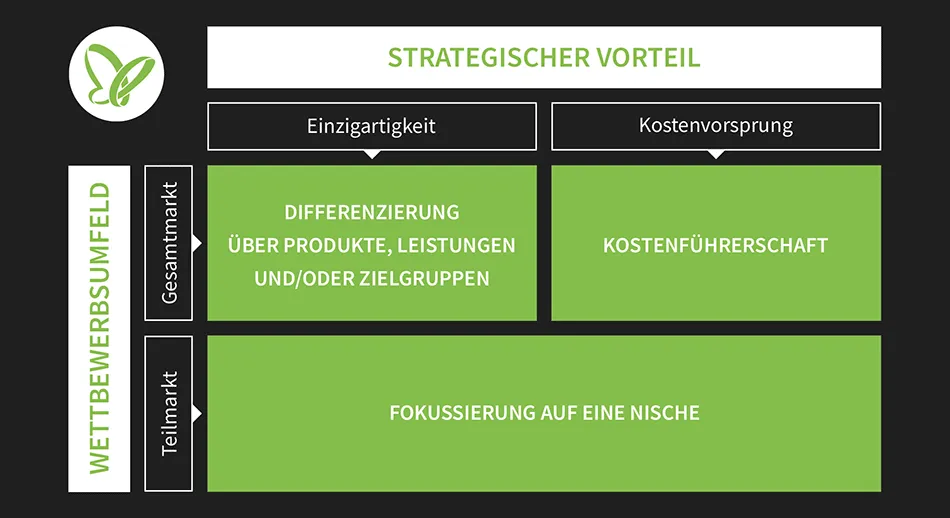
To pick you up on the picture shown on the topic of overall market vs. submarket : The total market targets general topics such as sports, nutrition or living. The submarket focuses on a niche and offers selected product groups or services - for example yoga, vegan burgers or luxury sofas.
Positioning via uniqueness: the bonus of something special
First, ask yourself how you want to demonstrate your uniqueness. There are also 3 different options here:
- As a specialist for knowledge, technical solutions or products
- As a provider for a narrow target group
- As an expert for specific problem solutions
Well-known examples of positioning through uniqueness are Apple and Porsche. But also car manufacturer Tesla, which has established itself as a new brand with superior technology in e-drive and software with a sometimes absurd stock market valuation.
Your positioning as a specialist
You don't have to be Jason Bourne or James Bond to shine as a specialist. But you should also offer your customers special services. These characteristics are typical for positioning yourself as a specialist:
- You can charge more money for your services:
The bigger your customers' problem, the more expertise they need - and the more they are willing to spend. Classic examples are the general practitioner vs. the cardiologist. Who do you go to for heart problems? Who is your legal advisor when it comes to divorce: the corporate lawyer you know well or the family lawyer who specializes in divorce? If, for example, you offer self-designed fashion for cocktail parties, you will have a much greater influx of wealthy cocktail party-goers than the run-of-the-mill fashion store in the city that sells cocktail party items as just one of many types of clothing straight off the rack. - You work more productively, more effectively and appear more confident:
After all, you're concentrating on one specific thing instead of offering a vendor's tray. Your ability to solve your customers' problems is higher due to your expertise and experience in your specialization. - You will be found more easily:
Customers search specifically for specialists for their exact needs. Your website is not found on Google if you search specifically for an SEO agency. - You can communicate your expertise more easily to the outside world:
Whether in the press or at seminars - your expertise on "that one topic" is in demand. And people will remember you better afterwards. - You will be recommended more often via referrals and word of mouth:
If you do your job well, customers will find it much easier to recommend you to their people as an accomplished specialist. - You don't have to sell on price:
Because you have sovereignty over that special something that no one else offers.
In short, your success as a specialist is based on a combination of specialist knowledge, market awareness and economic profit.
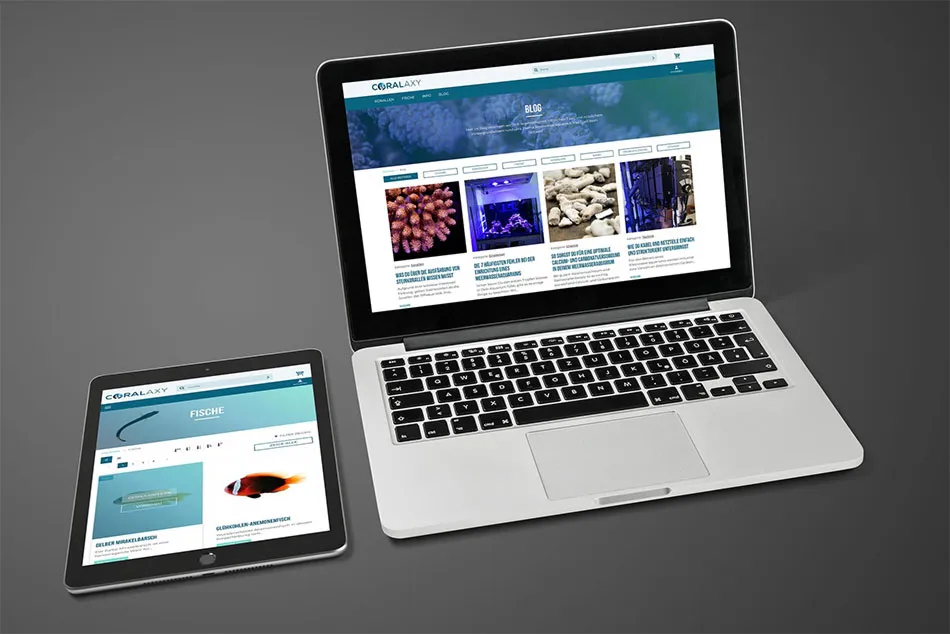
Positioning for a narrow target group
Instead of targeting the masses, this option of positioning yourself towards a narrow target group only appeals to a small circle that has very specific needs. It is a market segment for a customer group with homogeneous needs. One example is the insurance broker Exali, which specializes in a specific professional group with a focus on IT and the creative industries.
What added value does this bring you?
- More knowledge about the needs of your target group: you are perceived as a problem solver par excellence and exude appeal due to the strong benefits for customers.
- More targeted marketing: Your measures are specifically tailored and have less wastage.
- Greater user-friendliness: Thanks to your targeted positioning, you competently solve the most burning problems and ensure a high level of satisfaction.
- Easier to set standards: You're deep inside a narrow market that other companies only touch on with their generic offerings.
- More effective PR: You are seen as a specialist and receive more attention for your published articles.
- More emotion: You hit the true motives of your target group and know what your customers want - even if, or precisely because, it is only a very specific group.
The bottom line: solving other people's problems also solves your own. The profit then comes almost automatically. Problem solving creates a demand pull (pull marketing), which is conceivable and possible when selling via the customer's "pain point". In push marketing, products or services are pushed into the market via advertising. The difference becomes very clear with the simple example of who buys aspirin and who buys vitamin C. In the case of headaches, the customer is automatically drawn to the pharmacy for the painkiller, whereas vitamin C as a dietary supplement has to be advertised differently, as customers do not experience any noticeable pain.
Positioning on a product or product group
Clearly, your product is in the spotlight here. But how can you give it that certain something? With one or more of these options, for example:
- You convince with emotions instead of just facts: Your product is sexy and triggers the want-to-have effect. Your customers feel its benefits instead of just perceiving them rationally.
- You define your product by its origin or regionality.
- You manufacture your product in a special way - for example, in an extremely environmentally friendly way.
- You offer more than just a low price: Customers naturally don't just buy a product based on price, but also look for benefits, meaning, quality and status.
With TutKit.com, we position ourselves as an e-learning platform made in Germany, where the product benefit is that customers have access to video training as well as direct application files such as design templates, mockups and assets, which can be purchased as a flat rate or individually.
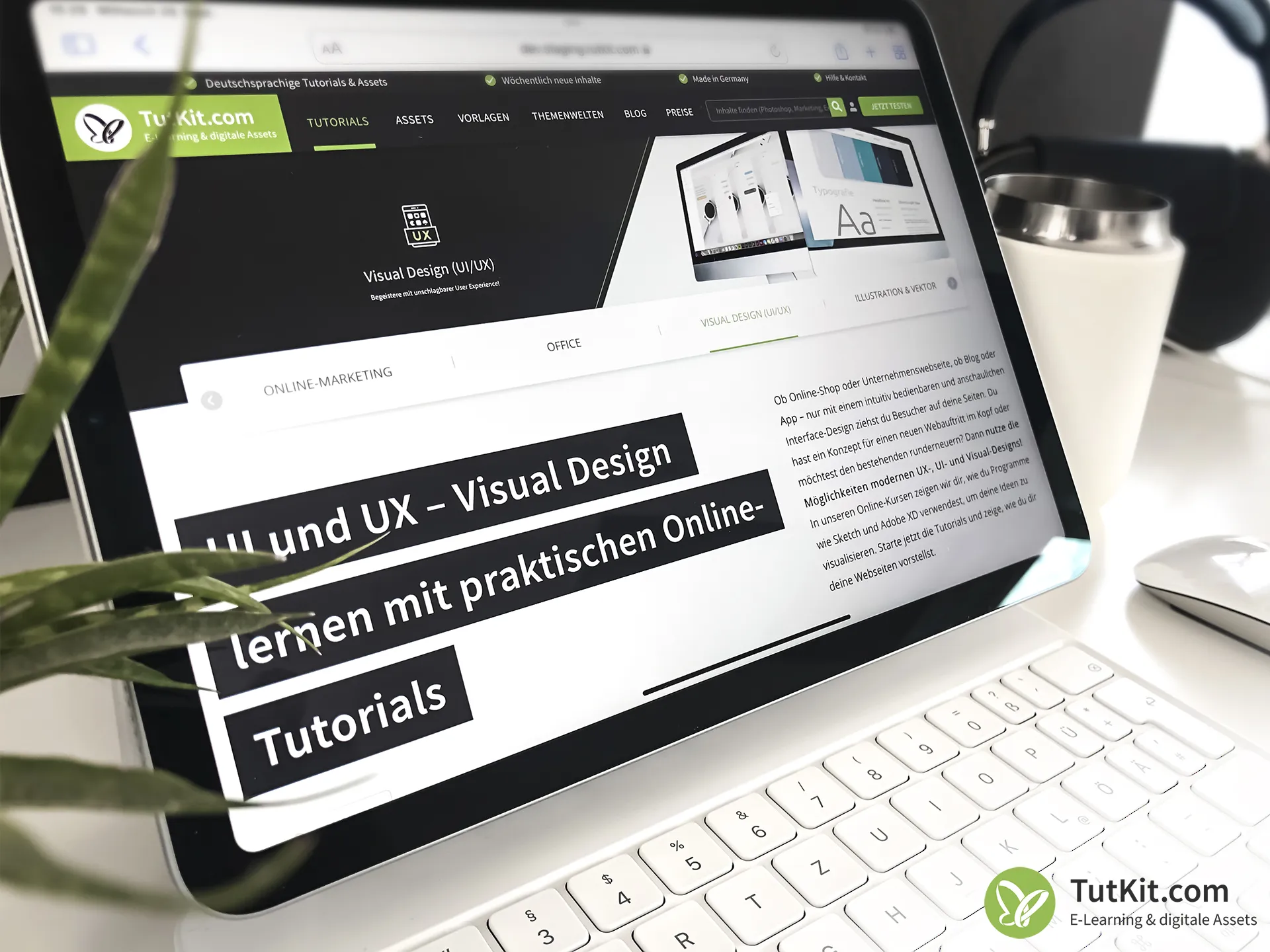
Fischerei Müritz-Plau GmbH positions itself as a regional brand from Mecklenburg-Vorpommern with fresh fish that can be purchased throughout Germany via fischkaufhaus.de. The company offers tourists and locals the experience of authentic fishing via the fishing farms. Anglers can use mueritzfischer.de to book vacation apartments directly on the water and fishing permits for the waters of the Mecklenburg Lake District, including the Müritz, with the Müritz fishermen. The entire positioning focuses on regionality and the special flair of lake fishing. The company and the 4eck Media agency behind it provide insights into the positioning here and here. You can also find the relaunch report on fischkaufhaus.de from the agency behind it here.
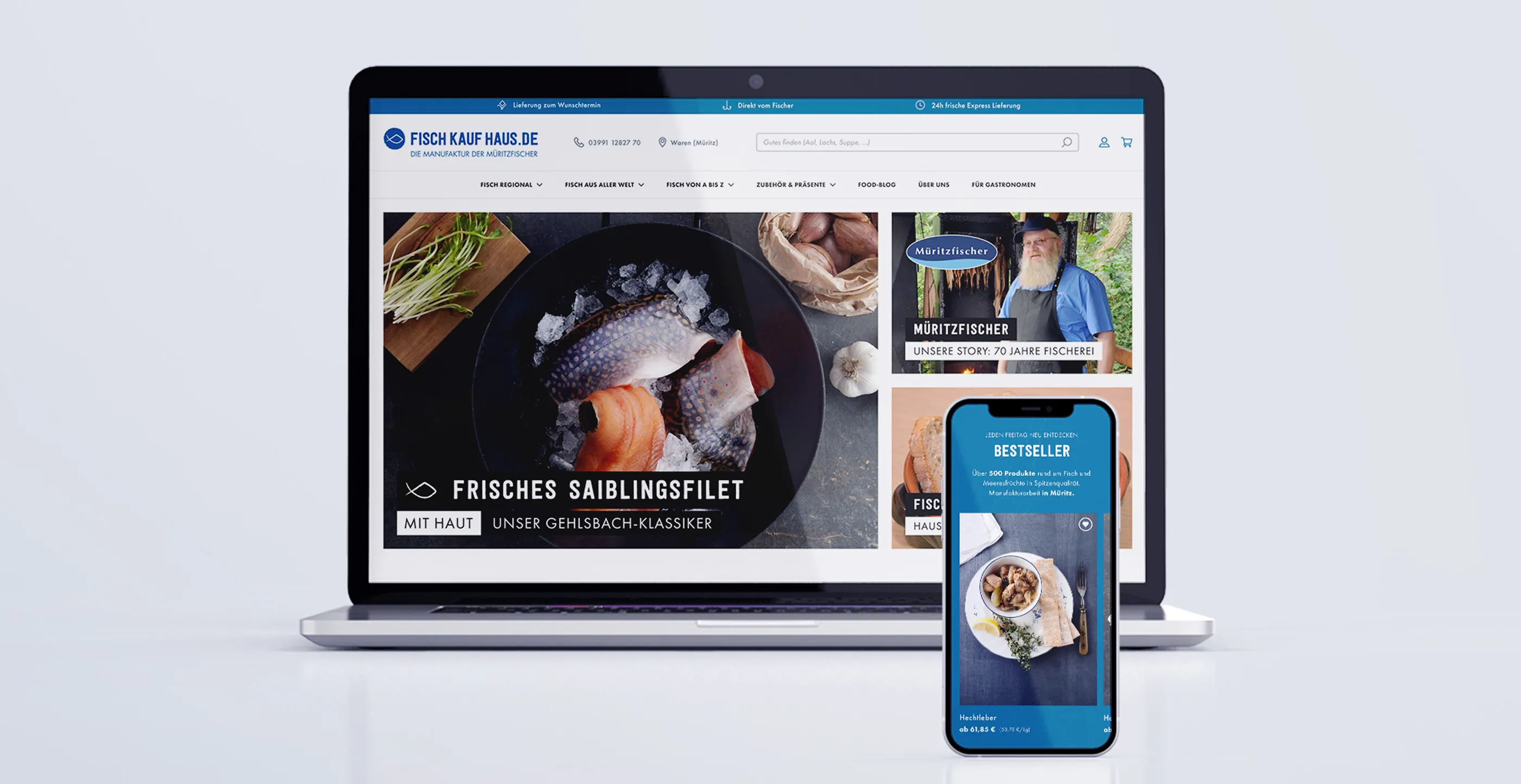
Positioning via uniqueness: the pros and cons of being special
If you define yourself through uniqueness, you and your customers can expect a lot of advantages - but also some risks and disadvantages.
These are the advantages:
- You are clearly differentiated from the competition
- Your customers know what you stand for
- Your offer has special features or high benefits
- You offer your customers an above-average level of service
- You rank high in terms of quality and expertise
Corporate brands that have positioned themselves as unique in terms of perception include Apple, Amazon and Porsche. Even a relatively young car manufacturer like Tesla is creating new differentiating features with superior technology in e-drive and software and establishing itself as a new brand with a sometimes seemingly absurd stock market valuation.
These are the disadvantages:
- You are only recognized by a certain customer base
- Competitors can imitate your uniqueness
- Product life cycles are getting shorter and shorter
- You have to ensure a unique selling point, such as a special quality, permanently with a lot of effort
One approach is to establish brands rather than products, which requires a lot of time, high investment, creativity, know-how and often timing and the coincidences of life. Apple is the best example. Once a computer manufacturer, Apple as a brand now stands for so much more: iPod, iPad, iTunes, iPhones and much more. Customers love the brand and remain loyal to it.
Positioning via cost leadership: advantages and disadvantages in the price war
Your goal: You want to launch your product at a lower price than your competitors . The key to this: You need to optimize your manufacturing costs and processes.
You can do this by
- high efficiency,
- strict cost control,
- lean processes,
- large production volumes,
- digital offerings such as subscriptions, software as a service, cloud services, ...
These are the advantages:
- You have extremely lean cost structures
- You can successfully outbid your competitors in the price war
- You make a profit even with a small price advantage
These are the disadvantages and risks:
- You have to make large investments in suitable production facilities at the start.
- You need a lot of patience until your investments pay off.
- You have a less loyal customer base because they are bargain hunters and therefore quickly leave if there is a bigger discount elsewhere.
- It's difficult to get your customers used to a higher price.
Well-known examples of positioning as a cost leader are the McFit gym chain, the airline RyanAir and, of course, Aldi, but also newer market players such as the Wish app.
Positioning via price should be the last resort, especially in the online sector. As a rule, someone is always cheaper - in case of doubt, the foreign company that uses European tax loopholes and thus takes advantage of benefits that you don't have yourself. From my own experience, some online print shops have already accustomed me to a 50% discount, so that I don't even click on them when a newsletter offers a new deal.
From our own company practice: As an agency in the customer project business with 4eck Media GmbH & Co. KG, we realized many orders "less profitable" to "still cost-covering", especially in our first years around 2010, in order to first build up presentable references. We still have very few customers from the early years today because the low price anchor was too tight and it was difficult to qualify these customers for higher prices. As a result, over the course of time there was a complete switch to customer groups in our agency that would accept higher prices, which enabled us to work in an economically healthy way again as the basis for our own growth. But we also continued to develop as an agency, expanded our expertise and experience and positioned ourselves as a quality leader in the Müritz region.
Pay attention to modern communication in all your corporate design elements when positioning yourself. The following corporate design templates will help you if you are about to set up a company or are considering a relaunch:
Positioning in a niche: the yes and no of the market niche
With this strategy, you position a portfolio of services or products that only you offer in your customers' environment . It is somewhat reminiscent of positioning based on uniqueness. However, instead of focusing on the market as a whole, you focus on the sub-market and concentrate on the one big thing. Well-known examples of positioning in a clear niche are MyMuesli and Amorelie.
These are the advantages:
- You can tailor your offering precisely to the existing niche.
- You have far fewer competitors.
- You fulfill customer needs far more effectively.
These are the disadvantages:
- Your concept can quickly be imitated by the "big players" and integrated into their own portfolio.
- You can only scale your company to a limited extent.
- You have to constantly develop your offering, as customers are now used to ever shorter product cycles.
An example(you can read more about this in this Google article): The building materials company Kömpf has actually been very broadly positioned in the overall market for many decades. However, it has been able to penetrate various niches in the submarket with targeted offers. Established companies from the stationary sector that operate in the overall market also succeed in positioning themselves in a niche in a submarket. The building materials company Kömpf, founded in 1900, launched four online stores in 2010, which have since grown into 26 niche stores covering topics such as gardening, timber construction, pond accessories, fencing supplies, tiles, bathrooms, garage doors and barbecue supplies. Instead of competing against large providers with a wide range of products in an online store, Kömpf has succeeded in better communicating the expertise of the various areas to the target group in specialized niche stores. Product experts and editors take care of content marketing (guides, blog posts, etc.) and search engine optimization, while support staff are available for customer advice via hotline, live chat and email. Eleven different payment methods are accepted in the niche stores. Customers are offered six different delivery services.
Kömpf sees the target group of each niche as its expert. This strategy enabled Kömpf to increase its online-only sales from EUR 15 million to EUR 50 million between 2016 and 2020 - meaning that online sales will already exceed those of the brick-and-mortar stores in the coming years. The dovetailing of offline and online is made possible by 14 assembly teams, which can also assemble goods ordered online, such as garden sheds or fencing systems, directly at the customer's premises.
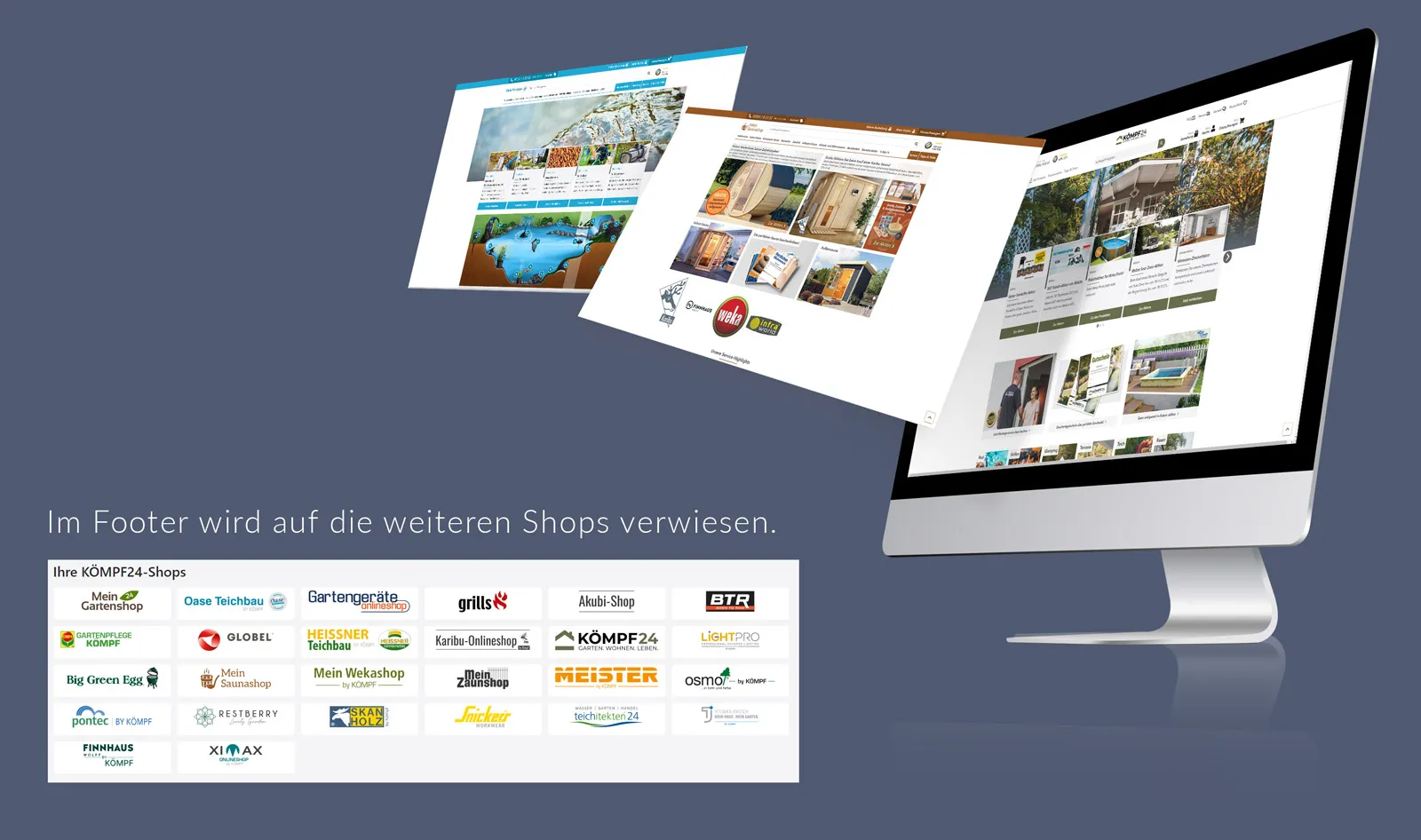
What will your positioning be?
It's up to you whether you position your offer and therefore your brand based on uniqueness, cost leadership or a very specific n iche. Weigh up carefully in advance what will secure the future of your company and - above all - what you are capable of putting into practice. You should definitely take your time to make this decision instead of making a snap decision.
The ice cream manufacturer Jackle & Heidi: a best-practice example of positioning through uniqueness as a short interview
A convincing example of regional product positioning is the ice cream manufacturer Jackle & Heidi. The best ice cream without frills from Mecklenburg-Vorpommern with the makers of the ice cream factory as a personalized brand - that creates sympathy among customers. The love story told by the protagonists about the brand also melts the consumer's heart. And with the linguistic analogy to Dr. Jekyll & Mr. Hyde, an association is immediately in the mind. Communicated to customers as a personalized brand with high sympathy values. The ice cream manufacturer Jackle & Heidi is a prime example of how you can impress with wonderful storytelling in addition to quality and regionality.
In this short interview, Martin Horst, founder and Managing Director of Jackle & Heidi, reveals the ideas that were buzzing around in the minds of the two protagonists before positioning themselves, the pitfalls that had to be avoided and why emotions taste best to customers.
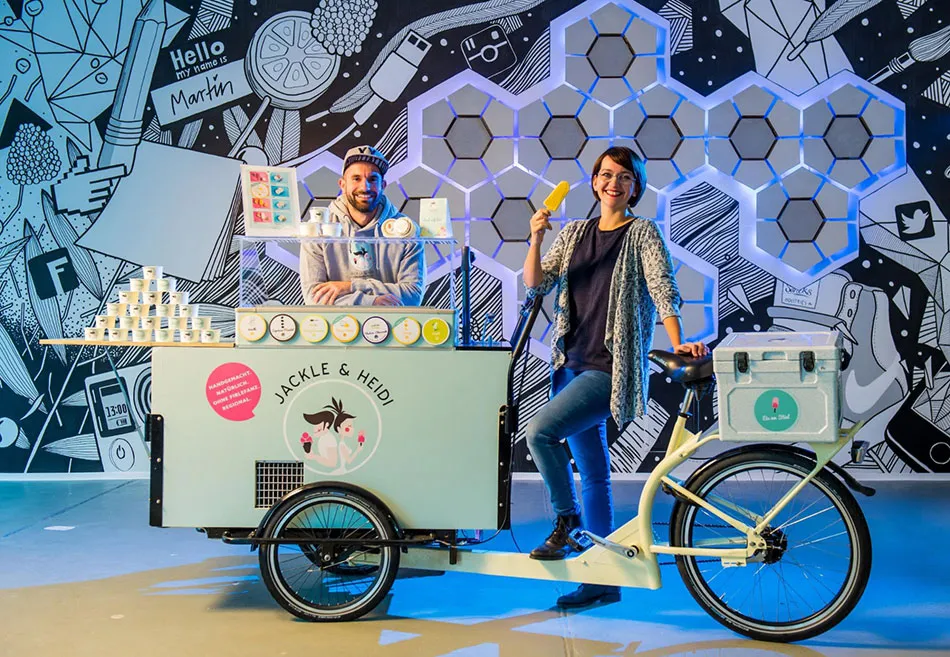
What ideas did you have for the positioning of Jackle & Heidi?
We wanted it to be a personal brand that is authentic and suits us. As "Franzi und Martin" sounds more like a pop duo from Demmin and we wanted an international name with German roots, we came up with ideas such as Susi und Strolch, Chip & Chap, Ernie and Bert, Pinky & the Brain, Ben & Jerry's.
At some point, we also came across the English saga "Dr. Jekyll & Mr. Hyde", where the name sounds cool. And this good-evil double motif suits us in terms of content: because we have varieties that are very low in calories and rich in vitamins, i.e. good. And we have varieties that are higher in calories, i.e. evil. That's how the name was born. We spelled it in a more understandable way and added a female German reference with Heidi.
It was also important to us that it would be a brand that could work without us personally. Because we sell through resellers. That way, we are well positioned for all eventualities, future scaling and expansion.
Were there any ideas that you discarded for good reasons? If so, what were they and what were your concerns?
We always considered how close a brand could be to our own personality without being disappointed if we didn't sell the ice cream ourselves on the ice cream bike, in the truck or in the store.
On the one hand, identification figures are needed because people like people and not necessarily "soulless brands". On the other hand, you have to be careful not to make yourself a slave because you make a promise of presence that you can't keep.
What is your unique selling point? Why should customers buy your ice cream?
Our ice cream contains only natural and, where possible, regional ingredients. Even if natural binding agents or flavorings are sometimes used in the industry or by competitors, we do not use anything that does not belong in food. It is also the love for the product, the passion and therefore the taste that makes our ice cream. We like crazy flavors, but only include them in our portfolio if they really taste good.
What role does regionality play in your brand?
A very big one. Our aim is to source 80% of our ingredients from the region. We are less likely to find mangoes and avocados here. The majority of our suppliers also come from the region. Our aim is to live regional added value, not just talk about it.
What are your tips for positioning yourself as a brand?
Authentic, creative, attitude-oriented and close to the customer.
In your opinion, what are the typical mistakes in positioning?
Building a brand through product attributes. Nowadays, people hardly buy products anymore, but rather an attitude to life. That's what makes it so difficult to remain authentic, because not every attribute fits every company.
You should also identify your core target group and start by not trying to kill everything at once.
More about brand positioning
Want to know more about brand positioning? Take a look at our video training "Positioning companies & building brands". In part 3 of our blog series on brand positioning, we also reveal 19 different aspects that will be decisive for your strategy.
- Brand positioning - Part 1: What is it and which five questions are crucial
- Brand positioning - Part 2: Captivating your target group with the right strategy
- Brand positioning - Part 3: 19 tips for brand building & target group acquisition
- Brand positioning - Part 4: Ideas, roadmap and necessary changes of direction

